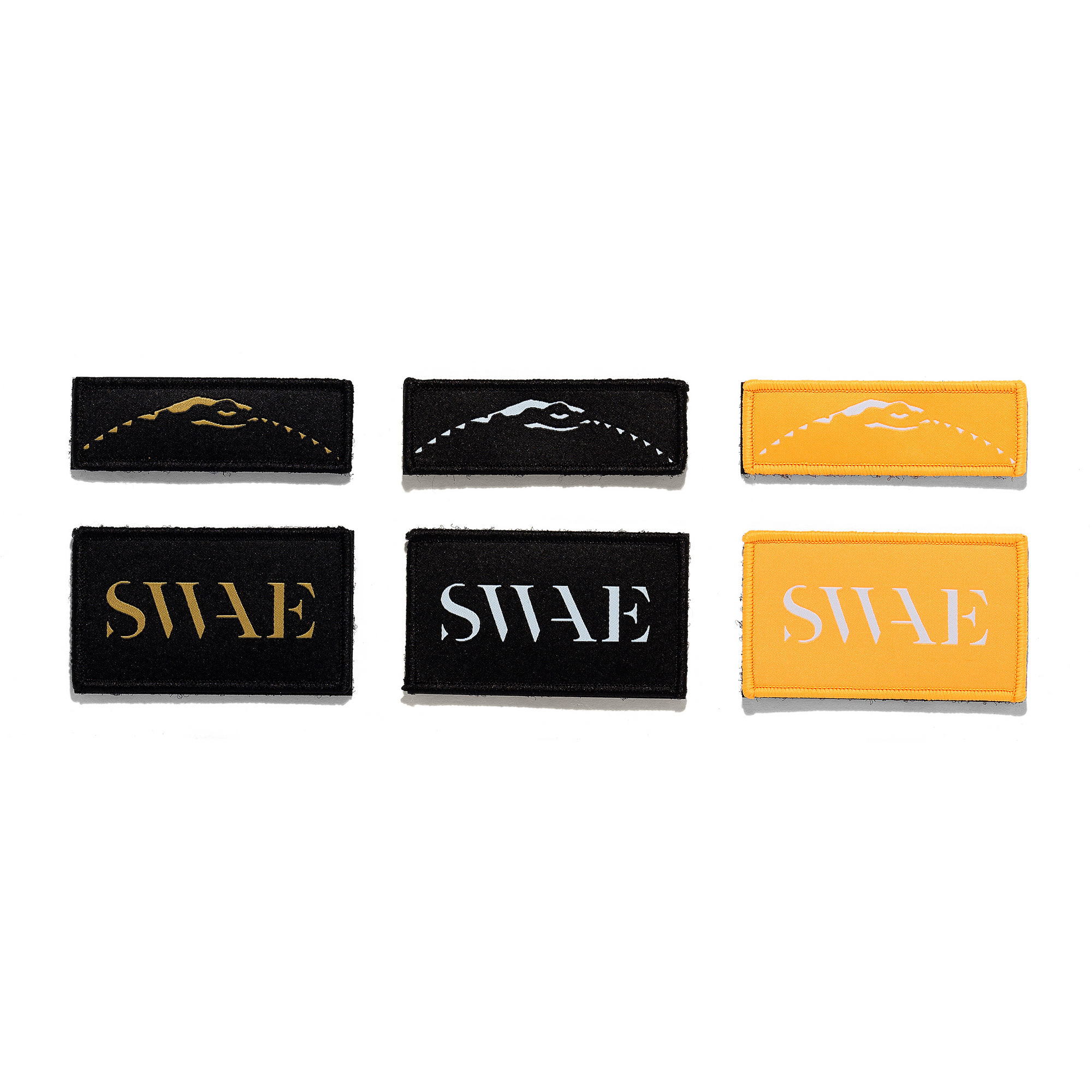Gear
GROUNDED IN A DIGITAL FRONTIER
You are plugged in. Your senses are overloaded by pixels, and you've started to develop a mild headache as you try helplessly to interact with the automated shopkeeper failing to process your payment. The floating display in front of you absorbs your entire vision as your body slouches on the couch back in the real world. Finally, after a few minutes, you give up, turn the goggles off, grab your keys, and head for the store.
Shopping for goods of any kind has had countless innovations over the centuries, yet some elements remain fundamentally the same. Whether it be a bazaar in Persia in 1000 BC or a shopping center in Cleveland, Ohio, in 2023 - merchants put their goods out for display, and consumers come to market to browse their wares. So with this new world of eCommerce, where the goods are presented via an online platform, how do merchants let potential buyers inspect the merchandise? For some, that answer comes from the emerging technology of virtual and augmented reality systems. So what is the cost of revolutionizing this thousand years old strategy, and what are the potential implications?
Virtual and augmented realities have existed in concept since the 1980s and are now quickly becoming a part of every aspect of our lives. Major brands such as Nike, Tommy Hilfiger, and Adidias have already begun building digital shops within the "metaverse." Unfortunately, the result has been a resounding dud, seeing a shallow consumer base and backlash from all corners, both in terms of shoppers and the companies who have invested millions of dollars in buying digital realty to set up virtual storefronts.
The shift to digitizing the clothing industry has not been all fraught with failure. For example, one of the innovations we will soon see in stores is the "Try-On" mirror. Companies like Vyu and LG have begun to roll out "Smart-Mirrors," allowing you to try on clothes without ever having to undress in a cramped dressing room. For store owners, this could lead to less shoplifting, and for consumers, it will save time and energy within the store. Eventually, these could become fixtures within our homes, meaning we could shop right from our living rooms.
No Substitute for the Real Thing
At SWAE, however, a different attitude permeates these changes. We believe people should be rewarded for digging deeper and putting in the effort. Nothing can imitate the feeling of walking into a physical shop where the smell of fresh leather and sandalwood floats freely in the air. No friend request will replace the relationship you build with your local shopkeeper who knows you by name and understands your personal tastes. Only "in person" can you pick up that unique hoodie with reflective graphics that must be held to the light at just the right angle to see the effort and craftsmanship built deep within the soft cotton fabric.
SWAE operates with the understanding that technology is a tool in our pursuit of dreams, not a means to an end. The physical world is more than another production factor that can be easily discarded. We place our value on something deeper and more intrinsic than making a buck at the expense of people's well-being. So let others sit on the couch with a headache. Just one less person to spoil the natural beauty of a high Rocky Mountain meadow bathed in mid-June sunshine - a place above the pines where you'll find us taking in a world some are so eager to forget.
Featured Fits:
Jackson and Zummy pictured above wearing the SWAE Logo Hoodie.
Fallana is seen in the Fluorescent Orange Ouroboros Tee and Logo Tee.
Nyla is seen behind the wheel in the black logo tee.
The White Ouroboros Tee rests on a log while its owner takes a dip in a nearby glacial river.
Black Ouroboros Tee - $65
SWAE
Black Logo Hoodie - $95
SWAE
White Ouroboros Tee - $95
SWAE
Fluorescent Ouroboros Tee - $65
SWAE












